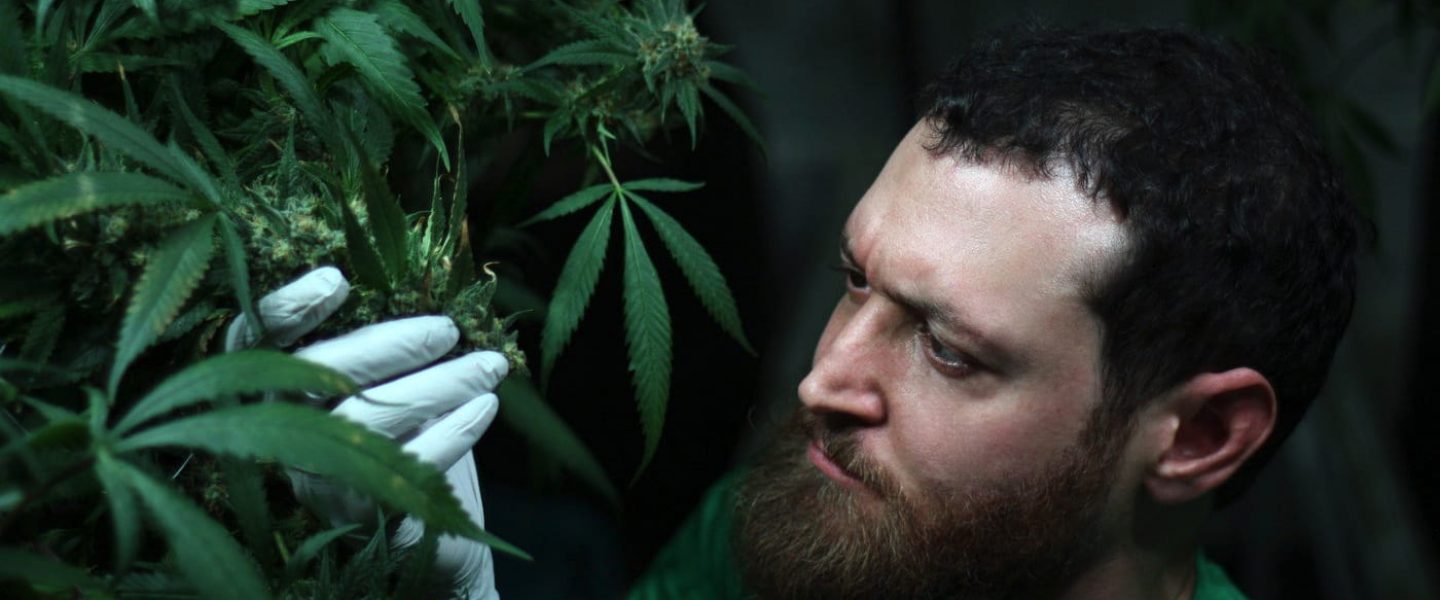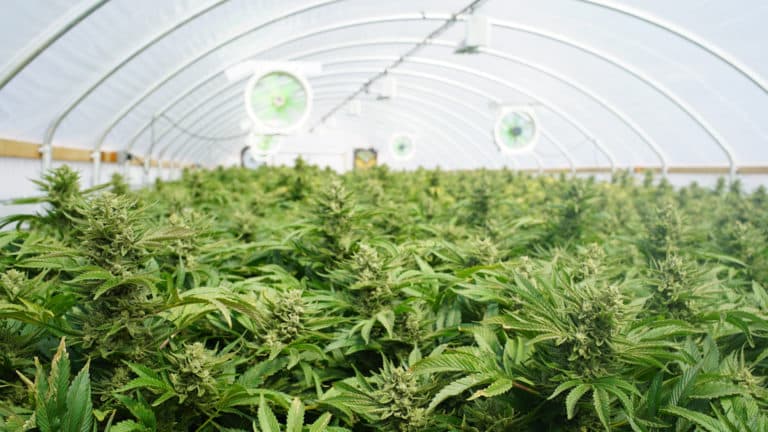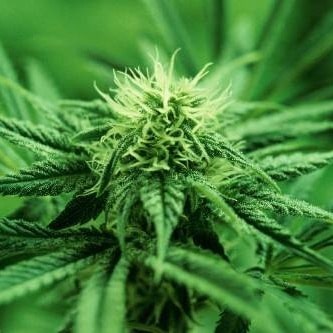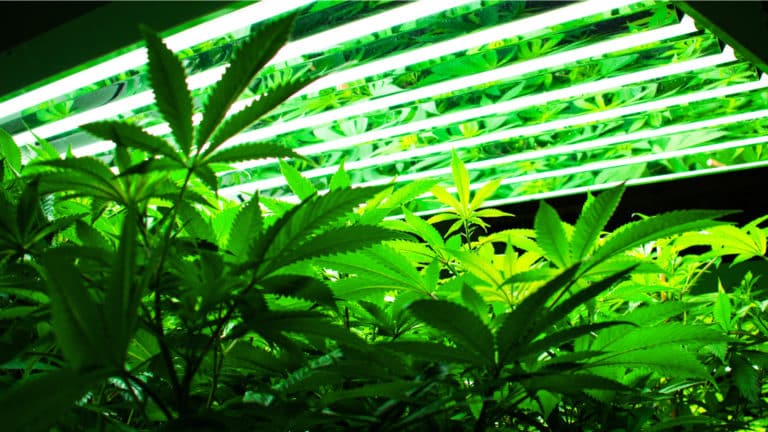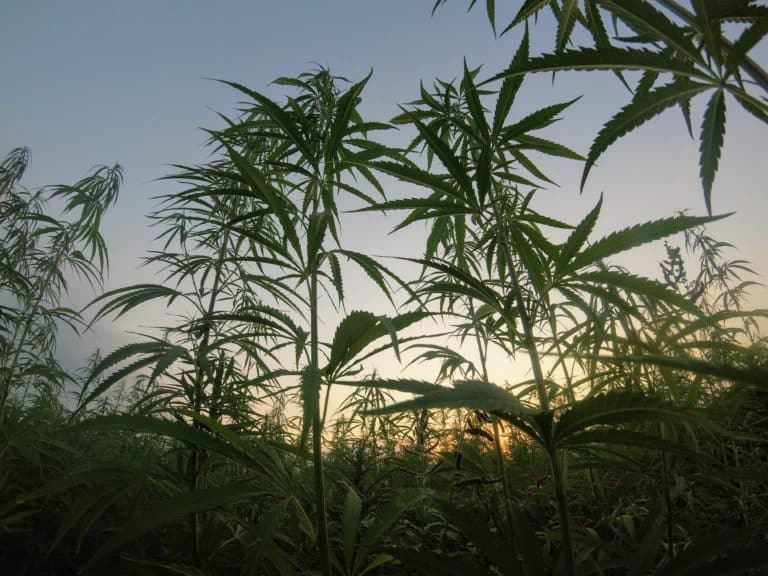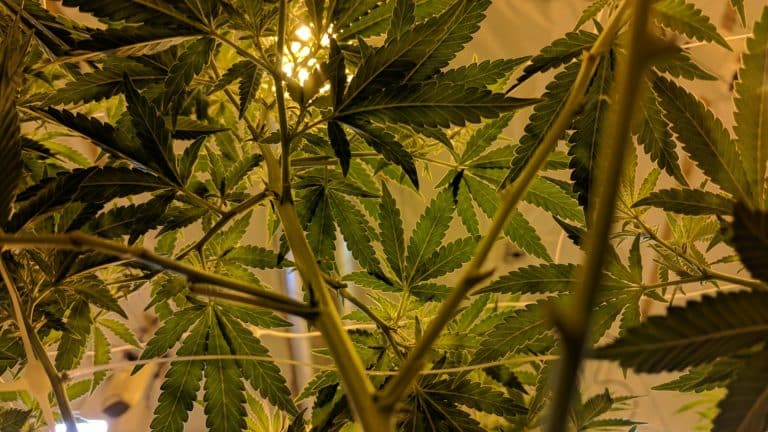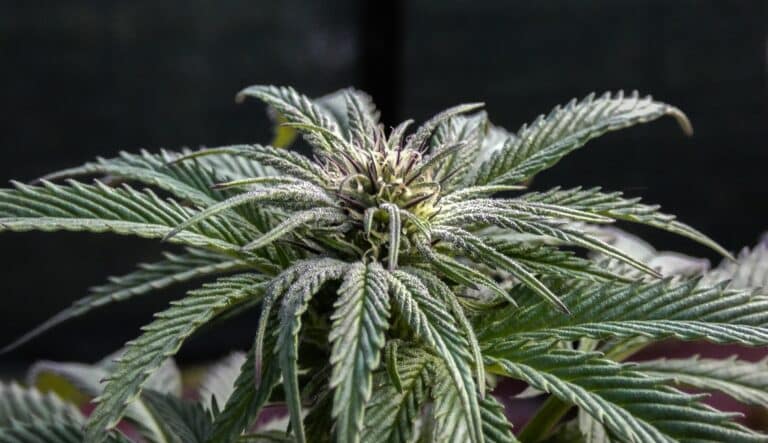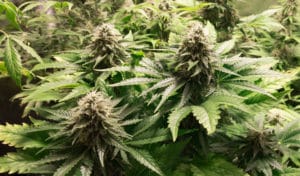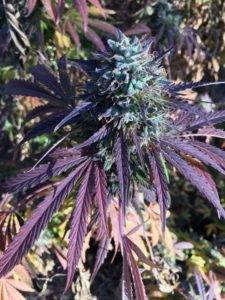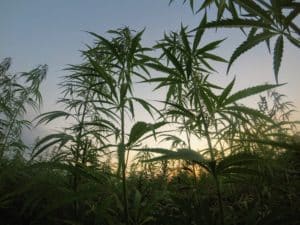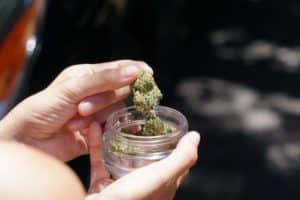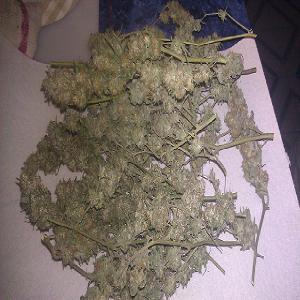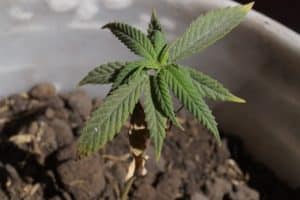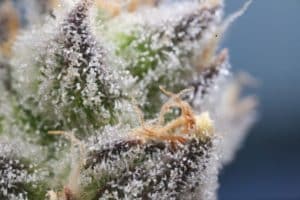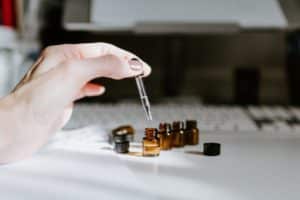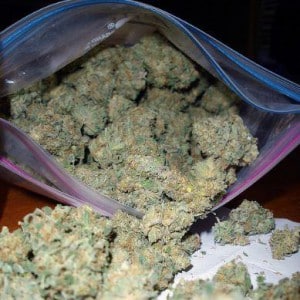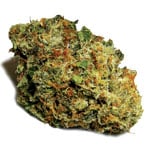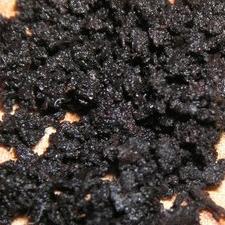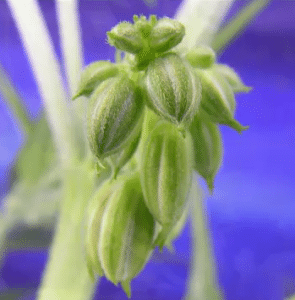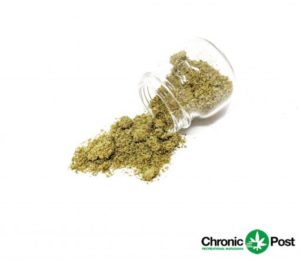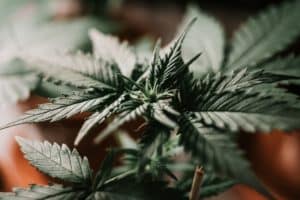From years of cultivating craft cannabis at AlpinStash, I’ve learned that environmental controls are critical to a healthy garden. Yet, it’s often one of the last aspects facilities invest in and implement. I recommend professional cultivators place primary importance on creating the optimal environment for their plants. Properly integrating environmental controls–temperature, humidity, air movement and filtration, CO2 enrichment, and insulation–dramatically affects the success of your harvest. Here are some core tips to begin navigating this aspect of cultivation.
Temperature Control
You must be able to easily control the temperature of your grow, on both the hottest summer days and coldest winter nights. When using CO2 enrichment (as I discuss below) optimal leaf surface temperature is around 85 degrees. Night temperatures shouldn’t dip below 75 degrees. I recommend at least half a ton of cooling per 1000 watts of of non-ducted HID light used. Add at least 10 percent more cooling than you think you need. It’s much better to have it and never use it, than to need it during that critical time in bud development and not have it. Many try to slide by with a minimal amount of cooling, either planning to add more as needed (which can be a lengthy, expensive and messy prospect and is usually required in a pinch) or hope to deal with the heat issues that will inevitably arise. This approach leaves the grow open to many issues, which reduces both quality and yield.
Symptoms of heat-stress:
- Photosynthesis tapers off dramatically when leaf surface temperatures climb above 85 degrees and completely stops in the upper 90s. In this scenario, your plants won’t grow.
- New growth and buds fox-tail, twist, warp and becomes wispy.
- Less terpenes, flavonoids and cannabinoids are produced.
- The chance for pests and diseases to thrive are increased. Many pests, including spider mites, thrive in a hot grow room, reproducing more rapidly in the warmth.
While proper heating is much easier and cheaper to achieve than cooling, it still needs to be factored in. The bottom line: paying for an energy efficient and overpowered AC system properly designed for your growing space from the get go will lower your cost per pound. Your yields will go up, maybe even by 30 percent or more, and makes the difference between a successful harvest and a failed one. Be sure to have your heating and cooling systems serviced on a regular basis and replace filters every three months.
Humidity Control
Humidity, along with temperature, dictates how much a plant is respiring, which dictates growth, photosynthesis and the uptake of nutrients and water. Like proper heating and cooling, controlling the humidity is crucial to optimal plant health, yield and quality. In most cases, commercial grows need to remove humidity rather than create it. Sometimes the AC system can handle the dehumidification requirements when it’s running. However, AC systems do not usually run at night. That alone is often not enough. There are many different dehumidifiers on the market. Compact units can be used to control the humidity in a smaller space. Or, multiple small units can be used to control the humidity in larger areas. Plumb them into a condensate line or floor drain. Or, place them over a rolling brute trashcan, which acts as a reservoir for the reclaimed water. These make great portable dehumidifiers. Dump the reservoir every day or two to prevent flooding. Larger commercial units are often fixed in place and run off of a 240 volt line. I run a Surna 300 PPD dehumidifier and have had good luck with it.
Air Movement and Filtration
Air movement helps prevent micro-climates, reduces heat build ups, prevents stagnant air, reduces molds and mildews, dissuades pests and strengthens plants. It’s important that all areas of the grow space have some form of air movement — no dead spaces. In general, plants like a moderate breeze. Blasting plants with fans causes wind burn, leaving buds dry and crispy. Strategically placing wall-mounted oscillating fans is a sensible practice. Adequate air movement throughout the foliage helps prevent fungal diseases such as powdery mildew and bud rot from attacking the plant and dissuades soil borne pests like fungus gnats from taking hold. Plus, the swaying of the branches strengthens the plants. Since heat builds up the most directly below the light, adequate air movement at the canopy and between the lights keep the plants cool and happy.
Filtration can be broken down into two areas: odor control and sterilization. Many municipalities require odor control. Some areas tolerate a certain level of smell while others don’t allow any at all. Charcoal filters and inline fans, constantly scrubbing the air, work well to control the scent of cannabis. The key is to not duct any inside air outside. My set up (multiple 48 inch by 12 inch filters with 10 inch inline fans) scrubs the entire room multiple times a minute. Ionic cleaners are tempting as they do a good job at controlling odor and cleaning the air in one go, but they can kill the aroma of the buds.
Often overlooked, air sterilization can save a harvest from mold. UV sterilizers are the most effective. Units can be freestanding filters, or can be incorporated into AC systems. All of my air intakes and AC ducts have UV sterilizing units in them. I went with a simple Honeywell UV100E2009 SmartLamp Ultraviolet Air Treatment System. It’s important to note that these can sometimes leak UV light into the grow area, which could negatively affect the plants during the night cycle. UV sterilizer units placed near the coils of an AC system greatly reduce mold, mildew and bacteria growth. UV bulbs should be changed out every year.
CO2
CO2 enrichment of the grow environment can increase plant yield vigor and raise the optimal temperature from 78 degrees to 85 degrees. For plants to use the additional CO2, it’s important to keep temperatures between 82 and 86 degrees. Because cannabis grows faster and bigger when enriched with CO2, the grower often needs to increase the amount and/or frequency of feedings. The two main ways of adding CO2 are burners and tanks. Burners create CO2 by burning either propane or natural gas and create heat and humidity as a byproduct. They’re more geared towards greenhouses and many municipalities do not allow the use of CO2 burners in an indoor setting.
Alternately, tanks are filled with CO2 to deliver gas to the grow. Consult a local CO2 company to find the right configuration. An external tap or external tanks system allows for refills to be made without having to enter the grow environment. Both CO2 burners and tanks should be hooked up to a CO2 PPM meter with a photo sensor. These units only dispense CO2 when the lights are on (or if the sun is up for greenhouses) and keep the grow environment enriched with the proper levels. I run my CO2 at 1500 PPM for most of the flower cycle, and recommend an emergency shut-off system be installed with the CO2 system. Too much CO2 can be fatal and these systems shut off the CO2 and sound an alarm should something happen.
Insulation
Insulation will play a major role in how energy affects your grow space, as well as condensation problems you may have to deal with during cultivation. With our temperature swings here in Colorado, having enough of the correct insulation means the difference between a condensation-free grow and indoor rain storms. Traditional fiberglass and plastic bat insulation won’t cut it due to the heat and humidity characteristics of a grow environment. I’ve witnessed condensation rain (literally) on plants all day during winter months. This causes mold to grow on the plants and insulation. Instead, use at least three inches of spray foam insulation. It costs more money up front, but it will save a ton of money and headache and heartache down the road.
For more tips visit AlpinStash on Youtube here.
About the author:
Danny Sloat transitioned off 19 different prescription medications and lost 70 pounds with the help of MMJ and learning to grow his own medical cannabis. This journey inspired Danny to develop AlpinStash, the licensed Colorado-based company known for healthy and beautiful cannabis cultivated using all-natural methods. As owner and master grower, Danny oversees AlpinStash’s operations and also consults in the industry on business development, cultivation technique, compliance and transparency. Small-batch, grown-with-love, hand-trimmed and glass-cured to perfection, AlpinStash is a leader in the craft cannabis movement.
###

